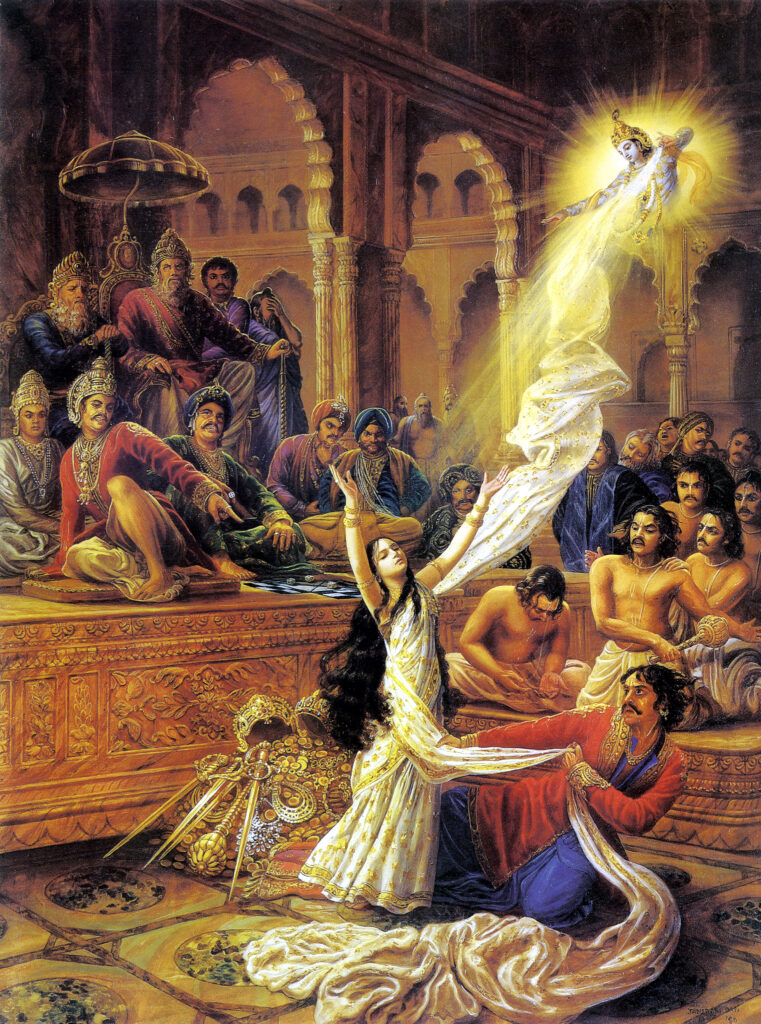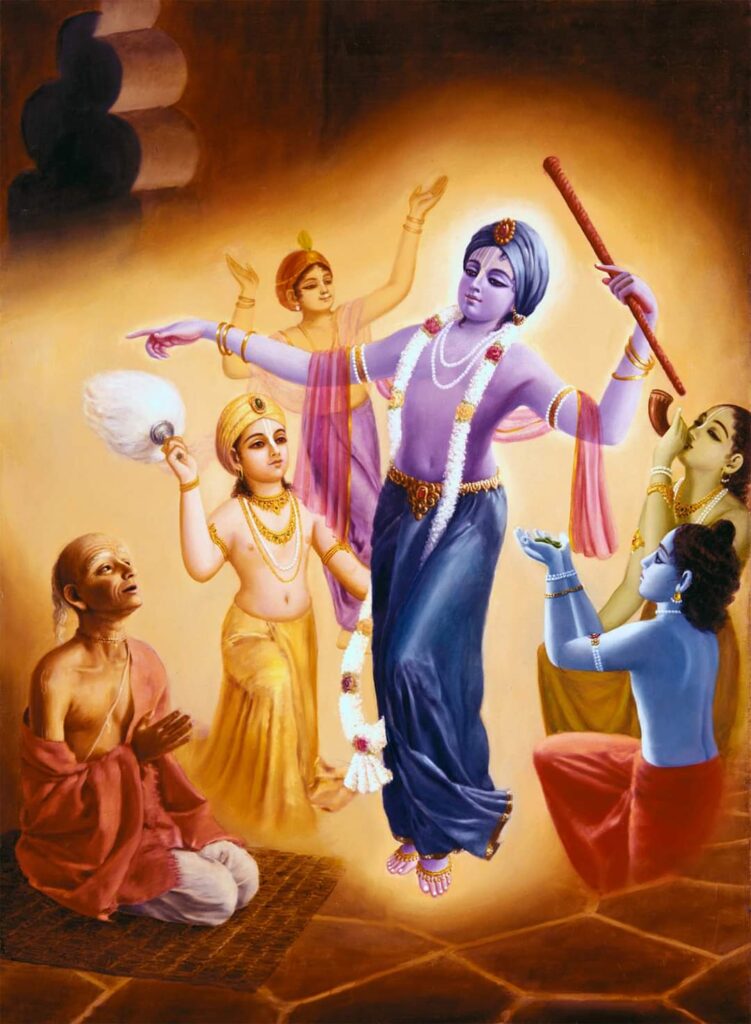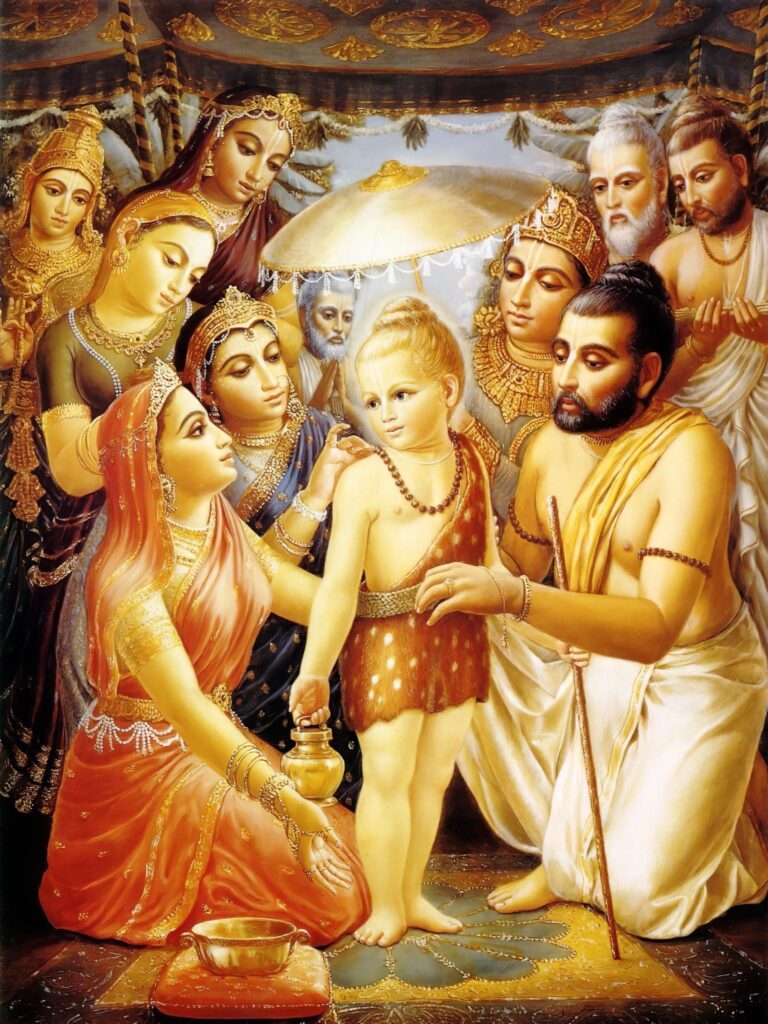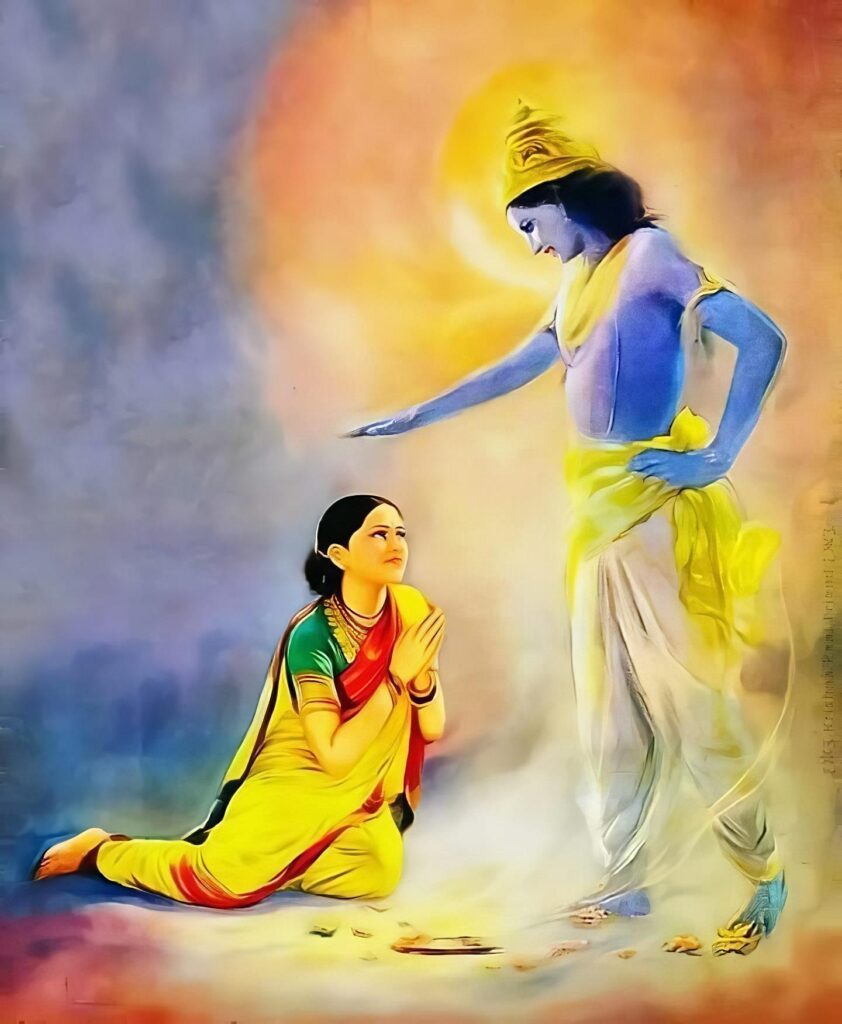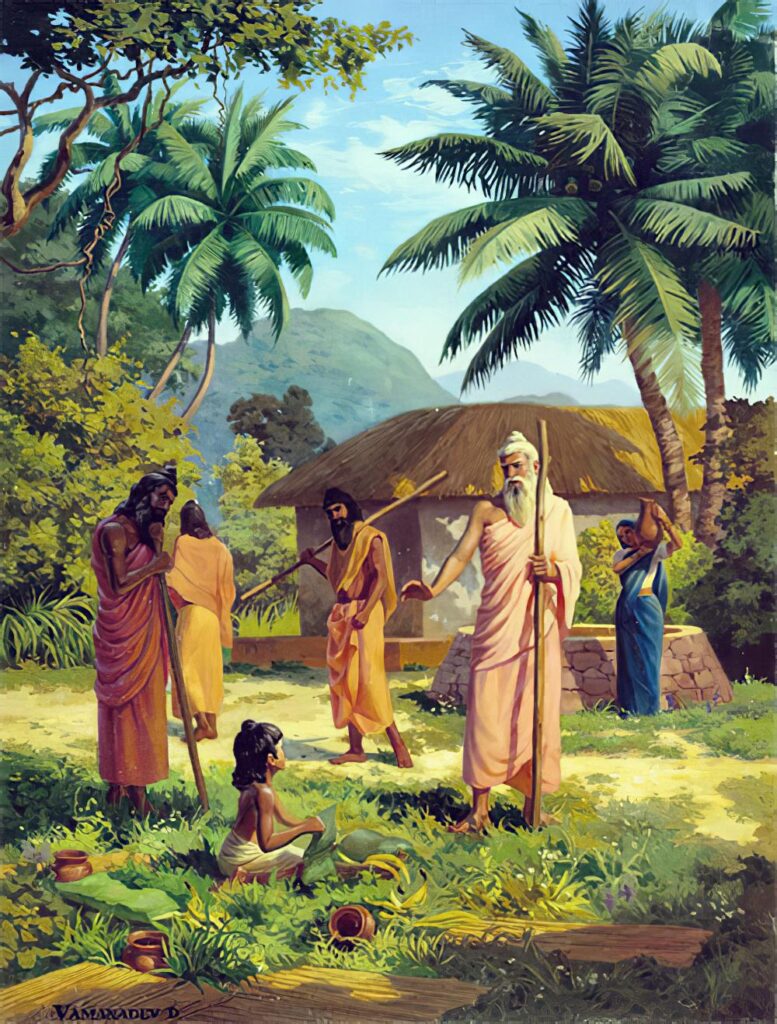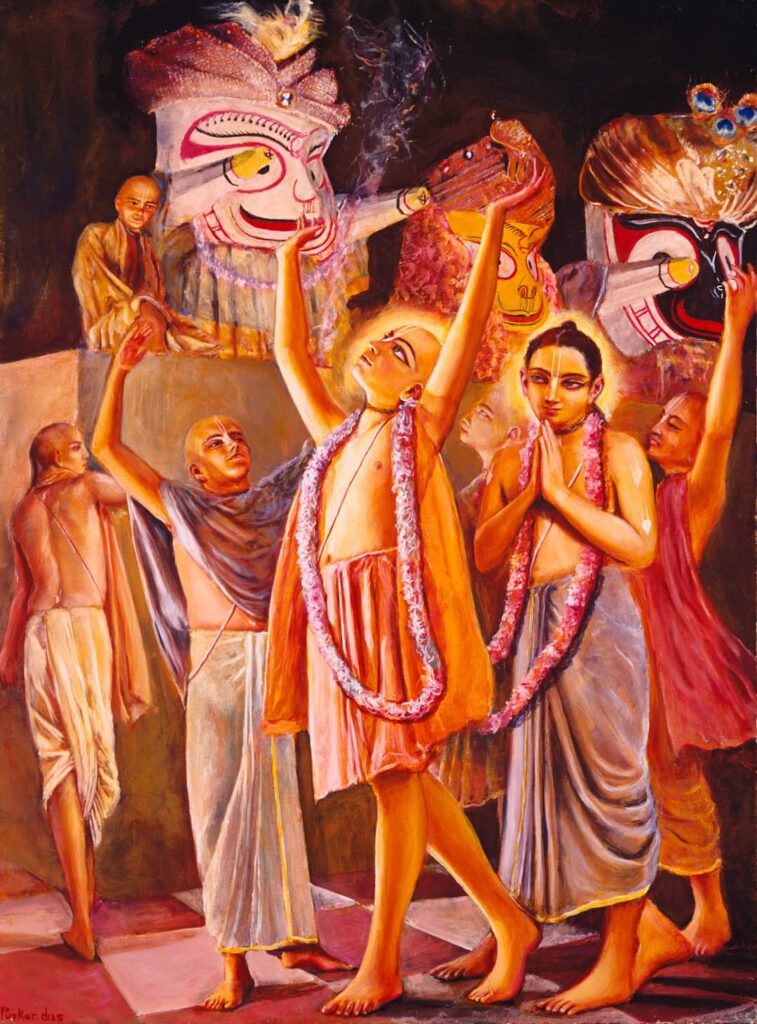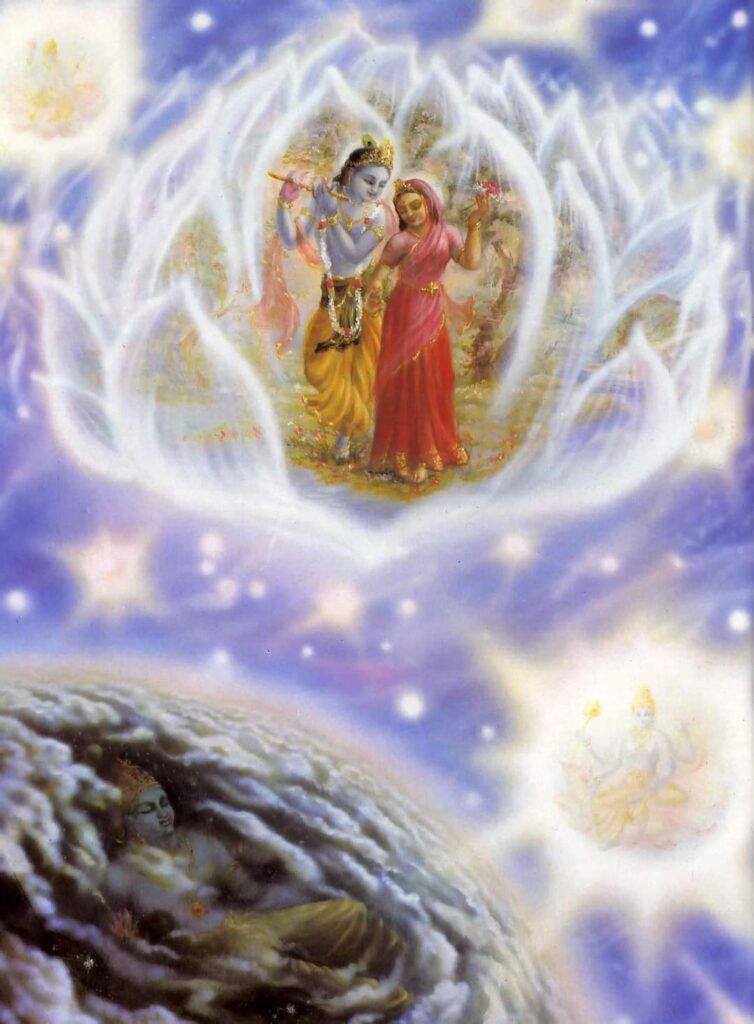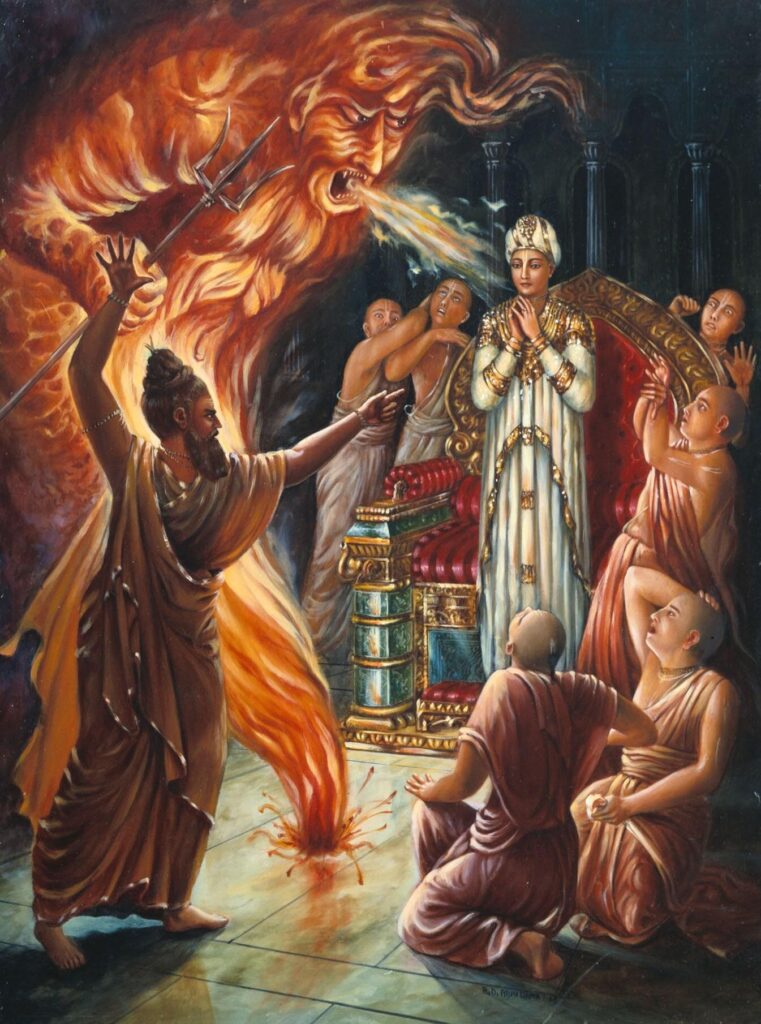The Brahma Sutras, or Vedanta Sutra, is a short treatise written by Srila Vyasadeva to transmit the ultimate conclusions of the Vedas. As Srila Prabhupada explains, “The Vedānta-sūtra, which consists of aphorisms revealing the method of understanding Vedic knowledge, is the concise form of all Vedic knowledge.”
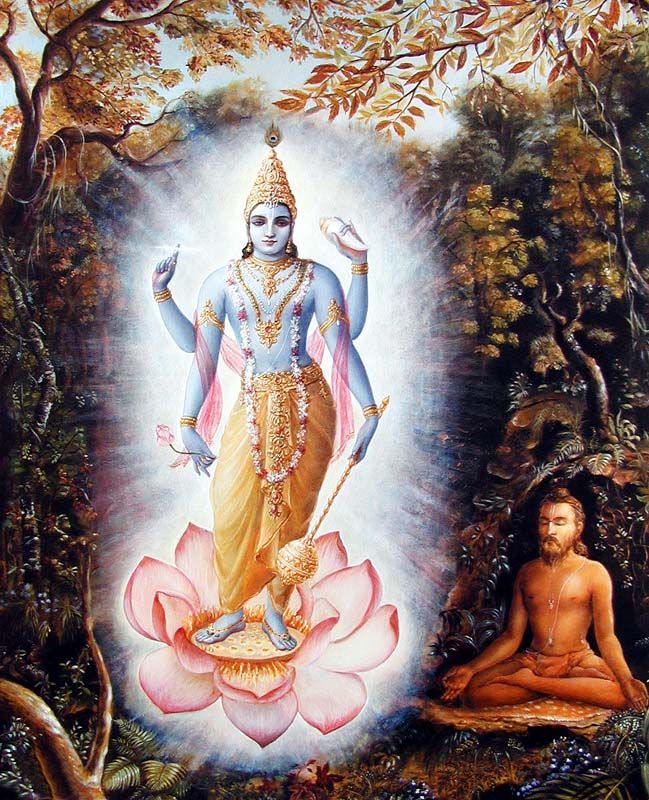
The 555 aphorisms of the Vedanta Sutra are usually taken as an incredibly complicated work because Sankaracarya wrote an extremely complex commentary with the goal of covering the real meaning. With the goal of bringing the followers of Buddha back into accepting the Vedas, he developed a philosophy that is very similar to Buddhism, but based on the Vedas. To fit this philosophy into the aphorisms of the Vedanta Sutra, he wrote a commentary that is both complex and contradictory.
However, Srila Prabhupada calls our attention to the direct interpretation of the verses of the Vedanta Sutra, which was used by Sri Caitanya Mahaprabhu to defeat stalwart Mayavadis such as Prakasananda Sarasvati and Sarvabhauma Bhattacharya and bring them to the proper understanding of the sastras. Srila Prabhupada gives us glimpses of these discussions in the Caitanya Caritamrta, as well as the Teachings of Lord Caitanya.
It happens that this direct interpretation of the Vedanta Sutras not only much much easier to understand, but it is something that brings joy to the heart, by descrybing the nature of the Supreme. This direct interpretation of the Vedanta Sutra is explained by Srila Baladeva Vidyabhusana in his Govinda Bhashya, and it is quite an invaluable tool when explaining Krsna Consciousness since many people who are resistant to accept direct statements from the Bhagavad-Gita and Srimad Bhagavatam become easily attracted by the beautiful logic of the Vedanta Sutra.
Continue reading
